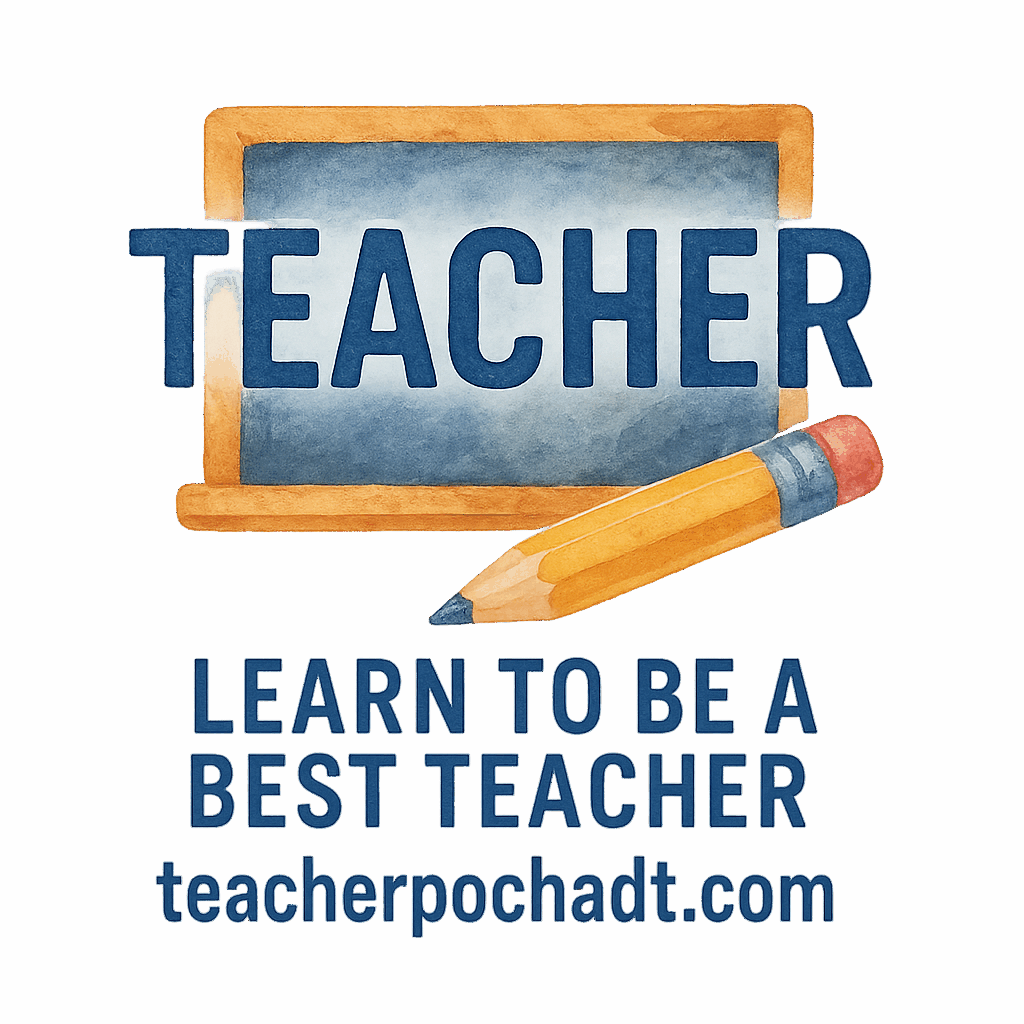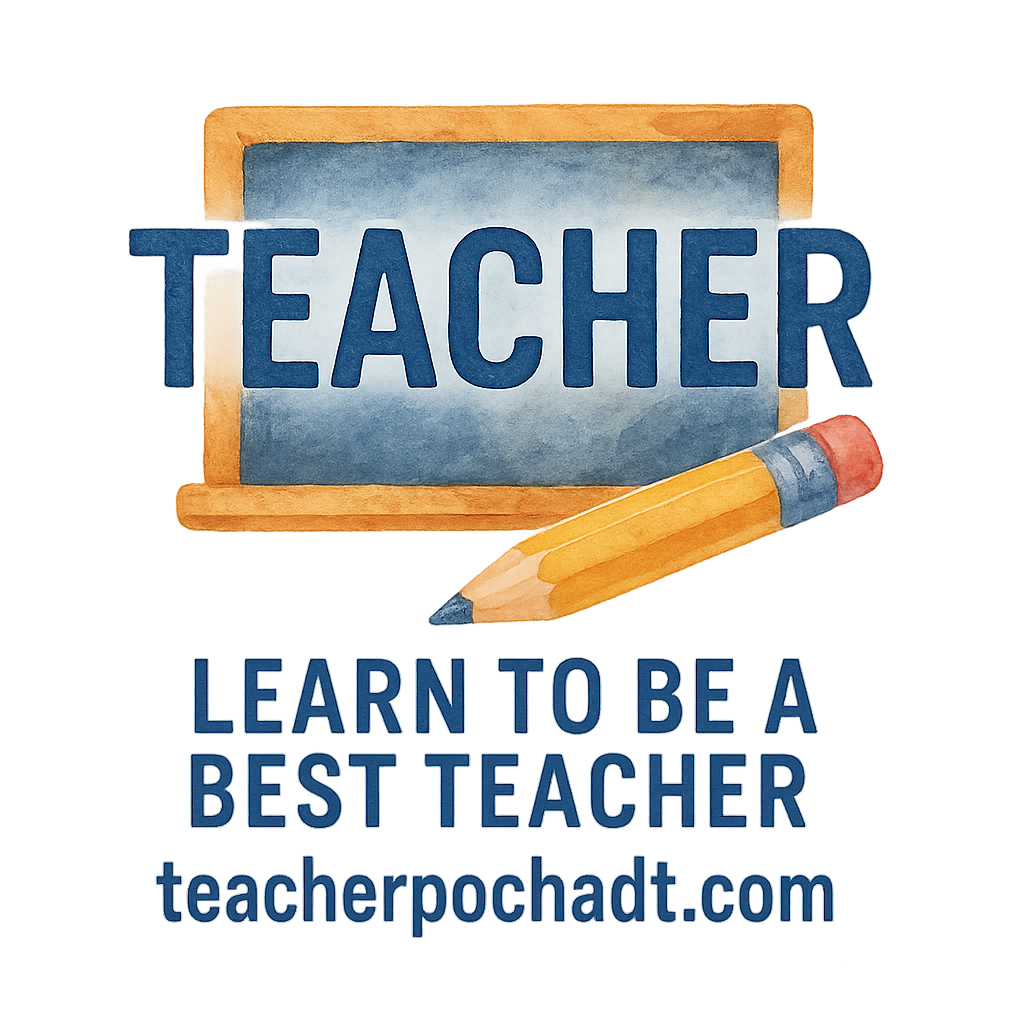Introduction
As the educational landscape rapidly evolves, it’s clear that digital tools are becoming a staple in classrooms around the world. Gone are the days when a simple chalkboard and a textbook were enough. Today, modern teachers rely on an array of digital tools to enhance learning experiences, streamline classroom management, and improve student engagement. This article dives into 10 digital tools every modern teacher should use to create dynamic, tech-savvy classrooms that foster creativity, critical thinking, and collaboration.
The Importance of Digital Tools in Education
In today’s digital world, teachers have a variety of tools at their disposal that can help make the learning experience more interactive, fun, and efficient. Digital tools allow teachers to easily share resources, track progress, and engage students in unique ways. They also help manage administrative tasks such as grading, scheduling, and communication—freeing up more time for educators to focus on what really matters: teaching. Additionally, digital tools provide a platform for students to access learning materials anytime and anywhere, ensuring that education is always accessible.
1. Google Classroom
One of the most popular digital tools for educators is Google Classroom. This free platform offers a range of features that make it easier for teachers to organize assignments, communicate with students, and share resources. With Google Classroom, teachers can create assignments, post announcements, grade work, and give feedback—all in one place. It also integrates seamlessly with Google Drive, making it easy to store and share files with students.
For more tips on effective classroom management, check out our Classroom Management guide.
2. Kahoot!
Are you looking for a way to make your lessons more interactive and fun? Kahoot! is an online quiz-based platform that allows teachers to create engaging learning games. These quizzes can be played live in class or assigned as homework. With vibrant visuals, music, and the chance to compete against classmates, Kahoot! makes learning enjoyable for students. It’s perfect for reviewing concepts, testing knowledge, and encouraging friendly competition.
Explore more about student engagement in our detailed guide.
3. Zoom
The global pandemic forced many educators to move their lessons online, and Zoom became a lifeline for remote teaching. But even now, Zoom remains an essential tool for teachers conducting virtual classes, whether for remote learning or hybrid models. With features like breakout rooms, screen sharing, and recording, Zoom facilitates interactive online classrooms where students can collaborate and engage in real time. It also works well for guest speakers, virtual field trips, and parent-teacher meetings.
For tips on integrating technology into teaching, visit Teacher Tech.
4. Edmodo
Edmodo offers a social network-like platform that helps teachers interact with students in a safe, digital environment. Teachers can post assignments, quizzes, and discussion topics, while students can participate in discussions, ask questions, and submit work. The platform also allows teachers to track student progress and provide personalized feedback. It’s a fantastic tool for fostering communication between students and teachers and creating an online classroom community.
For behavior tips and improving classroom culture, check out Classroom Harmony.
5. Flipgrid
In an age where student voice and expression are valued, Flipgrid offers a fun and engaging way for students to share their thoughts and ideas. This platform allows teachers to post topics or questions, and students can respond via short videos. It’s an excellent tool for promoting creativity, reflection, and peer interaction. Flipgrid can be used for a variety of purposes, from discussion-based assignments to project presentations.
Check out our tips on teacher reflection for enhancing student engagement.

6. Nearpod
Nearpod is an interactive presentation tool that makes lessons more engaging and participatory. Teachers can create presentations that include quizzes, polls, virtual field trips, and other multimedia elements. Nearpod also allows real-time assessments, which means teachers can gauge student understanding as the lesson unfolds. This makes it easier to adapt and provide personalized instruction during the lesson.
Explore how to improve student engagement with innovative tools like Nearpod.
7. Canva for Education
Creating visually appealing learning materials can be a challenge, but Canva for Education makes it a breeze. With this tool, teachers can create everything from posters and worksheets to lesson plans and infographics—all with a few clicks. The platform offers a wide variety of templates, graphics, and fonts, making it easy to design professional-quality materials. Canva also allows for collaboration, so teachers and students can work together on projects.
For ideas on fun teaching strategies, visit our Teaching Ideas page.
8. Padlet
Padlet is a versatile tool that can be used to create interactive boards for students to post and share content. Teachers can create boards for specific topics, and students can contribute ideas, links, videos, and more. It’s a great way to encourage collaboration, build classroom culture, and facilitate project-based learning. The visual, interactive nature of Padlet makes it perfect for organizing group projects, brainstorming sessions, and digital portfolios.
For more on classroom culture and engagement, read about Classroom Control.
9. Seesaw
Seesaw is a digital portfolio platform where students can upload their work and reflect on their learning journey. Teachers can review submissions, provide feedback, and track student progress over time. Seesaw is particularly effective for younger students, as it allows them to document their work in a variety of formats, including photos, videos, and drawings. It also offers a family communication feature, so parents can stay informed about their child’s progress.
For tips on promoting student connection, explore our resources.
10. Quizlet
For vocabulary building and concept mastery, Quizlet is an invaluable tool. Teachers can create flashcards and quizzes to help students learn new words, terms, or concepts. Quizlet’s interactive study modes, including games and tests, make learning fun and engaging. It’s also available as a mobile app, so students can study on the go. Whether you’re teaching language arts, science, or history, Quizlet is a great way to reinforce key content.
Explore digital tools for effective teaching strategies.
How to Choose the Right Digital Tools for Your Classroom
With so many digital tools available, how do you choose the right ones for your classroom? Here are some factors to consider:
- Learning Goals: Choose tools that align with your teaching objectives.
- Student Needs: Select tools that cater to your students’ learning styles and needs.
- Ease of Use: The tool should be user-friendly for both you and your students.
- Tech Support: Ensure that you have access to technical support in case issues arise.
- Cost: Many tools are free or have free versions, but consider any paid features as well.
Benefits of Integrating Digital Tools in the Classroom
Digital tools offer numerous benefits, including:
- Increased Engagement: Tools like Kahoot! and Flipgrid make learning more interactive and fun.
- Better Collaboration: Platforms like Padlet and Seesaw allow for greater student collaboration.
- Efficient Grading: Tools like Google Classroom help streamline the grading process.
- Accessibility: Students can access materials anytime and anywhere, making learning more flexible.
For more about teaching skills and growth, visit Growth and Development.
Challenges of Using Digital Tools in Education
While digital tools offer numerous advantages, there are some challenges to consider:
- Access to Technology: Not all students have access to the necessary devices or internet connections.
- Tech Issues: Technical difficulties can disrupt lessons and cause frustration.
- Over-Reliance on Technology: It’s important to strike a balance between using digital tools and traditional teaching methods.
Future of Digital Tools in Education
The future of education is increasingly digital. New technologies, like artificial intelligence and virtual reality, are already beginning to shape the classroom experience. In the coming years, we can expect even more sophisticated tools that personalize learning and make education more accessible to students around the world.
Conclusion
Digital tools have become an essential part of modern education, enhancing teaching, improving student engagement, and fostering collaboration. By integrating the right tools into your classroom, you can create a dynamic and interactive learning environment that benefits both you and your students. So, embrace the digital age, explore these tools, and watch your teaching experience evolve.
7 FAQs
- What are digital tools for teachers?
Digital tools are online platforms, apps, or software used by educators to enhance teaching and streamline classroom management. - Which digital tools are best for remote learning?
Tools like Zoom, Google Classroom, and Kahoot! are highly effective for remote learning. - Are digital tools free to use?
Many digital tools offer free versions, though some have premium features that require payment. - How do digital tools improve student engagement?
Digital tools make learning interactive and fun, keeping students engaged through quizzes, games, and multimedia content. - Can digital tools be used for assessment?
Yes, tools like Nearpod, Quizlet, and Google Classroom offer features for real-time assessments. - How do I choose the right digital tool for my classroom?
Consider your teaching goals, your students’ needs, and the tool’s ease of use before making a choice. - Are digital tools safe for students?
Most digital tools are designed with student safety in mind, but always ensure the platform adheres to data protection and privacy regulations.
Tanya ChatGPT


